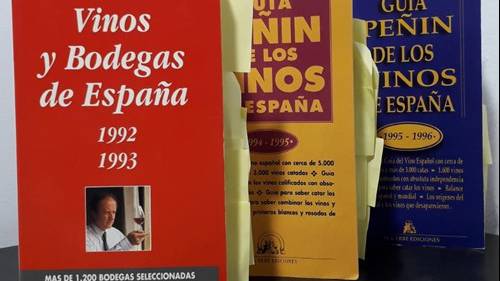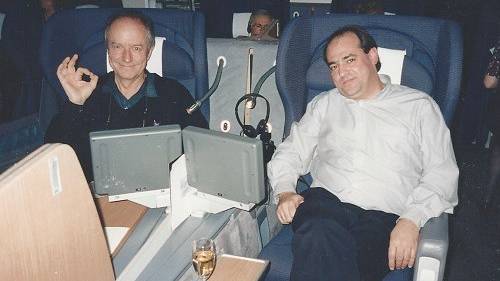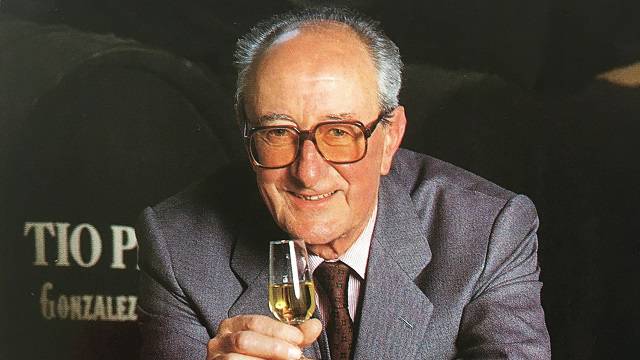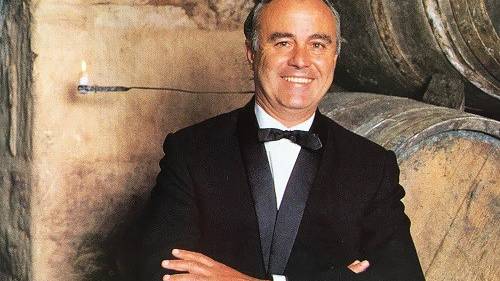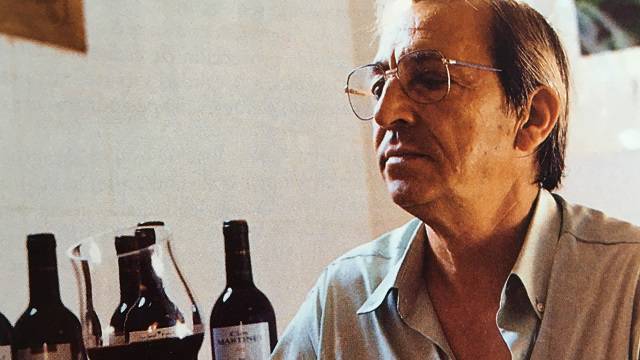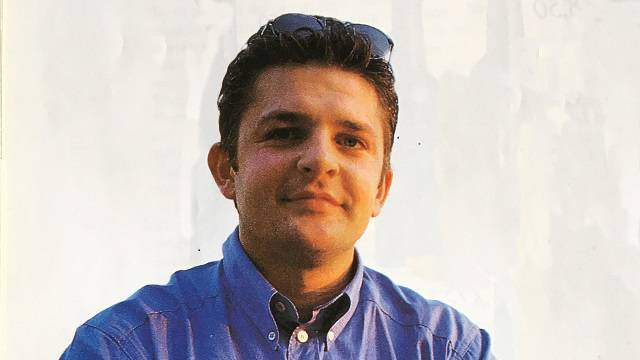This year there were almost 1,000 fewer wines than in the previous edition, partly due to the lack of confidence of the wineries in sending the samples to our offices, and all this in spite of the intense work of telephone calls, and also because of the advance in the launch of this Guide. Marqués de Cáceres suffers a significant drop in his 1986 Reserve score, leaving this new crop and new scoring system at 85 points.
Rueda was going through a sweet moment of growth in which it was consolidating as a prestigious area through the boom of small wineries, whose brands were becoming known very quickly. At that time, the division between Rueda and upper Rueda was maintained, considered by the Guide as "a great success in facilitating choice among consumers". Little by little verdejo grape is taking control of the area and palomino and viura are losing hectares as the years go by. Some wineries in the area were pressing for the introduction of red wines in a white wine area. In this regard, the Guide commented "whoever wants to make red wines should do so, but reserving the name of Rueda for both table white wines and it historic fortified generoso, which, by the way, should be further promoted". Seen in perspective, it was an interesting reflection on those years.
In Galicia, in the very young D.O. Rías Baixas, the modernization of the facilities and the creation and renewal of the vineyard is taking place at a breakneck pace, "so much so that it has caused the supply to increase considerably", which has forced them to set up appropriate marketing channels. It is precisely at this time of growing prestige that it began to fall into a rush to market. The idea was and is that the sooner the wine is sold the better, without taking into account the optimum time for consumption, which is later here than in the less cool areas. It's not that long ago, so it shouldn't be so complicated to change it, as long as all the producers are happy.... In this edition, it is said, about Somontano, that it could be called the Rioja Aragonesa, because of its greater freshness and glyceric smoothness of the rest of Aragonese wines. From this D.O., the cabernet sauvignon, merlot and moristel grapes are praised. These grapes are native to Somontano (from the parraleta, another grape typical of Somontano, neither heard nor expected). The moristel has not yet achieved great results that place it as a unique value within the red wines of Somontano. Maybe we'll read about it in future Peñín guides, who knows.
1995-1996: 3,000 wines tasted but only 1,600 reviewed, as the criterion of not publishing wines below 70 points is still maintained. For the first time three cavas manage to enter the ranges of 90 points or more: the 90 points: Jaume Codorniu Br (92 points - 5.400 pesetas), Codorniu 1551 BN (90 points - 1.200 pesetas) and Raimat Gran Brut (90 points - 1.300 pesetas). In this edition 31 wines are between 90 and 95 points, and for the first time 4 wines reach 95 points.
In Priorat we started talking about the "Clos" and four firms that are placing the red wines of Priorat at the head of Spain: Barbier, Martinet, Álvaro Palacios and Pastrana. At a varietal level, the area continues to work with Cabernet Sauvignon, Merlot, Syrah and Grenache and Cariñena vines. This is the year in which the wine L'Ermita de Álvaro Palacios is tasted for the first time, vintage 1993 (94 points - 17,000 pesetas), with a price never before seen in a wine from Spain. Mas Martinet reached the maximum score for a red wine with a cabernet sauvignon, Martinet Especial Cabernet Sauvignon 1993 (95 points - 2,600 pesetas).

 Log in
Log in

